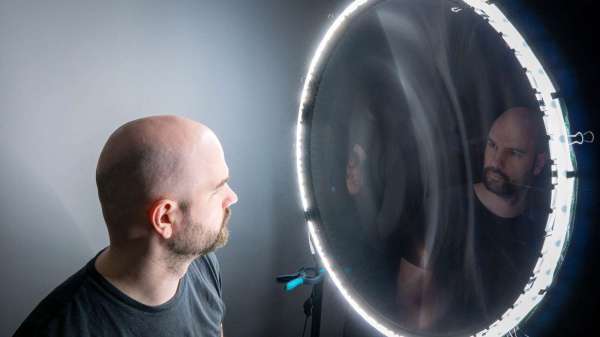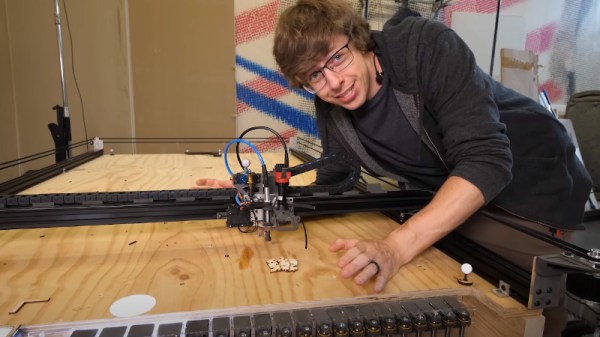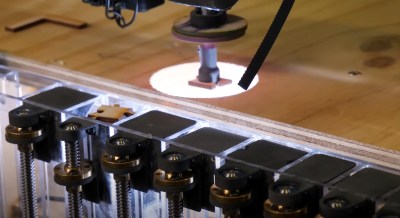Sometimes, all it takes to learn something new is a fresh perspective on things. But what’s to be learned from reversing your perspective completely with a hypercentric lens? For one thing, that you can make humans look really, really weird.
To be fair, there’s a lot to the optical story here, which [volzo] goes over in ample detail. The short version of it is that with the right arrangement of optical elements, it’s possible to manipulate the perspective of a photograph for artistic effect, up to the point of reversing the usual diminishment of the apparent size of objects in the scene that are farther away from the camera. Most lenses do their best to keep the perspective of the scene out of this uncanny valley, although the telecentric lenses used in some machine vision systems manipulate the perspective to make identical objects within the scene appear to be the same size regardless of their distance from the camera. A hypercentric lens, on the other hand, turns perspective on its head, making near objects appear smaller than far objects, and comically distorts things like the human face.
[volzo]’s hypercentric camera uses a 700-mm focal length Fresnel lens mounted on a motorized gantry, which precisely positions a camera relative to the lens to get the right effect. A Raspberry Pi controls the gantry, but it’s not strictly needed for the hypercentric effect to work. Lighting is important, though, with a ring of LEDs around the main lens providing even illumination of the scene. The whole setup as well as the weirdly distorted portraits that result are shown in the video below.
If these bizarrely distorted faces look familiar, you might be recalling [Curious Marc]’s head-enlarging wearable.
Continue reading “Make Yourself A Megamind With A Hypercentric Camera”













